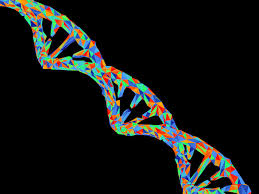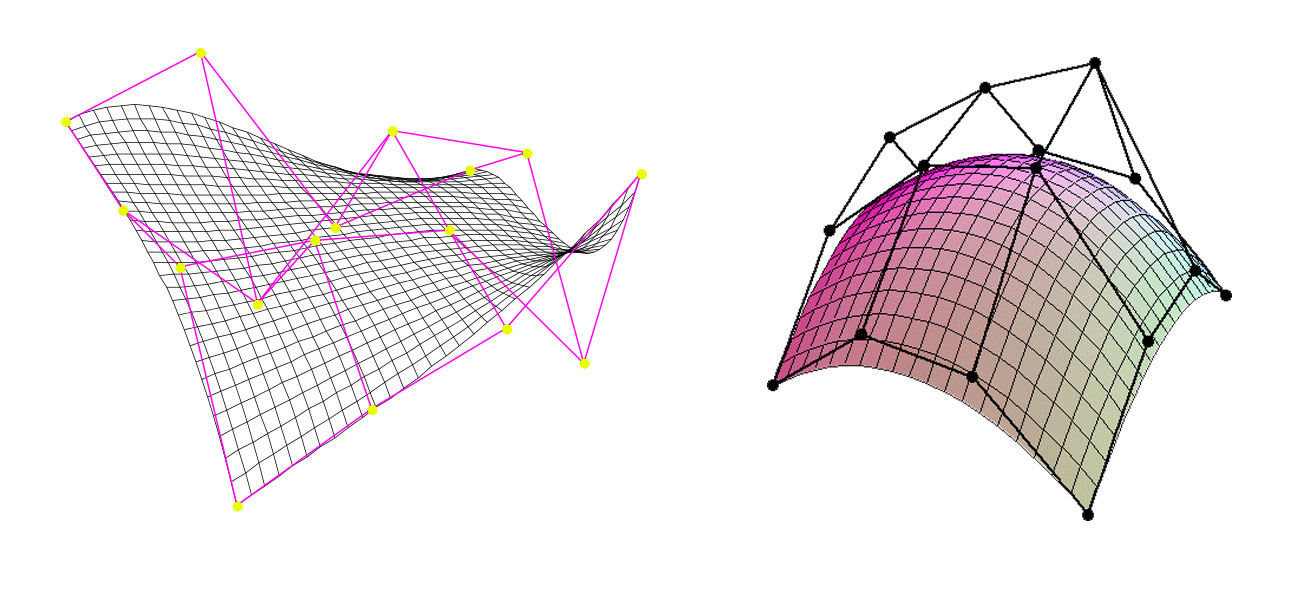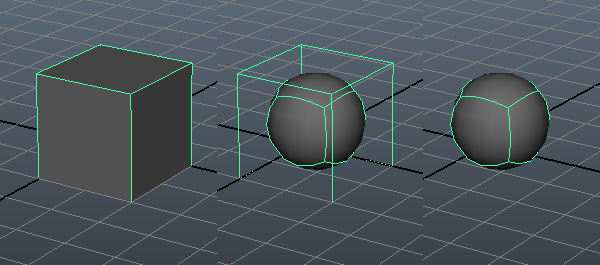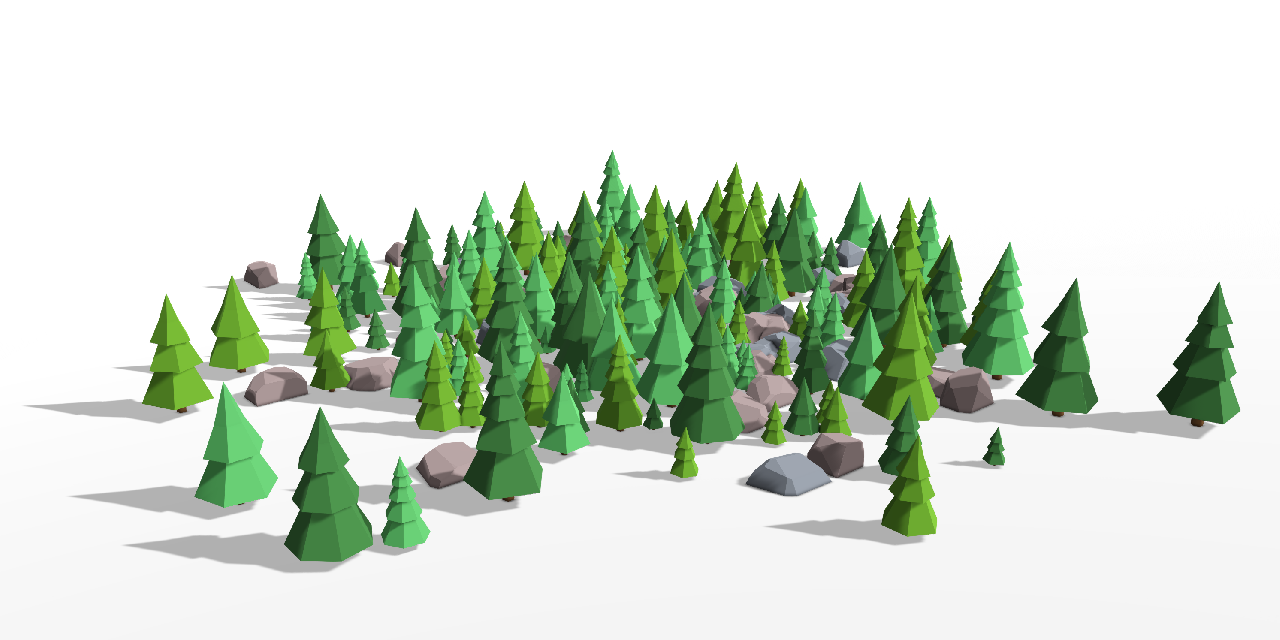
- jgservices
- Apr 20, 2023
- JGS
- 0 Comments
3D modeling is the process of creating three-dimensional objects using specialized software. The field of 3D modeling has evolved rapidly in recent years, with advancements in technology allowing for more complex and detailed models to be created than ever before. In this article, we will explore the basics of 3D modeling, its applications in various industries, and the different techniques and software used to create 3D models.
What is 3D Modeling?
3D modeling is the process of creating a three-dimensional representation of an object or scene using specialized software. These models can range from simple geometric shapes to highly detailed and complex structures. 3D modeling is used in a variety of industries, from film and television to product design and architecture.
Importance of 3D modeling
3D modeling is important for several reasons. Firstly, it allows for the creation of realistic and detailed representations of objects and scenes that can be used for a variety of purposes. Secondly, it allows for the exploration of different design concepts and ideas before they are brought to life. Finally, it can save time and money in the production process by allowing for virtual testing and prototyping.
Techniques Used in 3D Modeling
1. Polygonal modeling
Polygonal modeling is a technique used to create 3D models by manipulating vertices, edges, and faces. This technique is commonly used for creating objects with hard edges and sharp corners, such as buildings and vehicles.

2. NURBS modeling
Non-uniform rational basis spline (NURBS) modeling is a technique used to create 3D models using mathematical curves and surfaces. This technique is commonly used for creating organic shapes, such as characters and creatures.

3. Subdivision modeling
Subdivision modeling is a technique used to create 3D models by dividing a basic shape into smaller segments and then manipulating those segments to create a more detailed object. This technique is commonly used for creating smooth, organic shapes, such as characters and creatures.

4. Sculpting modeling
Sculpting is a technique used to create 3D models by digitally sculpting the surface of an object using a variety of tools. This technique is commonly used for creating highly detailed organic shapes, such as characters and creatures.

5. Procedural modeling
Procedural modeling is a technique used to create 3D models using algorithms and mathematical functions. This technique is commonly used for creating complex, repetitive structures, such as landscapes and cityscapes.

Software Used in 3D Modeling
1. Blender: Blender is a 3D modeling software that is both free and open-source. It offers a wide range of features, including polygonal modeling, NURBS modeling, and sculpting, as well as animation and simulation tools.
2. Maya: Maya is a 3D modeling software developed by Autodesk. It is widely used in the film and television industry for its advanced animation and simulation tools, as well as its polygonal and NURBS modeling capabilities.
3. 3ds Max :3ds Max is another 3D modeling software developed by Autodesk. It is commonly used in the architecture and product design industries for its polygonal modeling and visualization tools.
4. SketchUp : SketchUp is a 3D modeling software developed by Trimble. It is commonly used in the architecture and construction industries for its intuitive interface and ease of use.
5. ZBrush: ZBrush is a 3D modeling software developed by Pixologic. It is widely used in the film and video game industries for its powerful sculpting tools and ability to handle high levels of detail.
Applications of 3D Modeling
1. Film and Television: 3D modeling is commonly used in the film and television industry for creating realistic environments, characters, and special effects. It allows for the creation of complex scenes that would be impossible to film in real life.
2. Architecture and Construction: 3D modeling is widely used in the architecture and construction industry for creating 3D models of buildings and structures. These models can be used to visualize the final product and identify potential issues before construction begins.
3. Video Games: 3D modeling is essential in the video game industry for creating realistic and detailed game environments, characters, and objects. It allows for the creation of immersive and engaging gaming experiences.
4. Product Design and Manufacturing: 3D modeling is used in product design and manufacturing to create 3D models of products before they are brought to market. These models can be used to test the product’s functionality and identify potential design issues.
5. Medical and Scientific Visualization: 3D modeling is used in the medical and scientific fields to create 3D models of organs and other biological structures. These models can be used to better understand complex medical conditions and visualize scientific data.
Conclusion
3D modeling is an exciting and dynamic field that offers a wide range of possibilities for creators and professionals. The future of 3D modeling looks bright, with advancements in technology allowing for even more complex and detailed models to be created. Virtual reality and augmented reality are also poised to have a significant impact on the field of 3D modeling.
